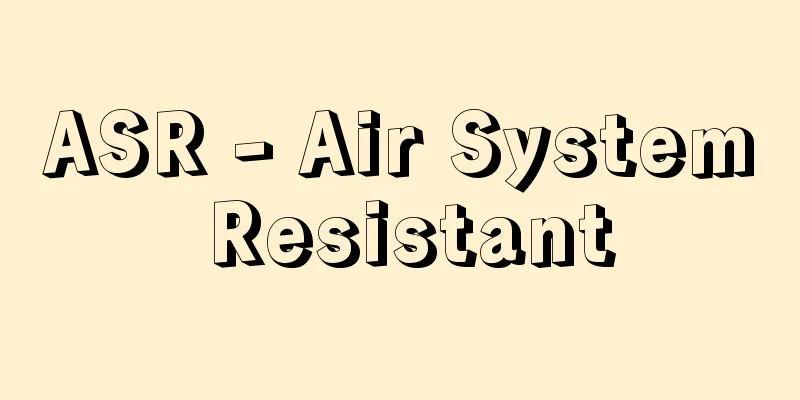Treaty of Amity and Commerce between the United States and Japan

|
This was the first of the Ansei Five Power Treaties, concluded between Japan and the United States at the end of the Edo Period. The Japanese plenipotentiaries were Inoue Kiyonao (Magistrate of Shimoda) and Iwase Tadanari (Metsuke), and the American plenipotentiary was T. Harris (first Consul General in Japan). It was signed on June 19, 1858 (July 29 in the Gregorian calendar) aboard the USS Powhatan off the coast of Kanagawa, and contained 14 articles, seven additional trade regulations, and two years later, the instruments of ratification were exchanged in Washington. It provided for the stationing of envoys (in the capital) and consuls (at open ports), free trade between the people of both countries, the opening of the ports of Kanagawa, Nagasaki, Hakodate, Niigata, and Hyogo, and the opening of the cities of Edo and Osaka, the use of the same kind and amount of domestic and foreign currency, an agreement on tariff rates, the establishment of foreign settlements and promenade areas, consular jurisdiction, and religious freedom for Americans. This treaty marked a turning point in which Japan was forced to open its borders and ports to the Western powers under unequal conditions, such as consular jurisdiction (effective extraterritoriality for Japanese residents), the loss of tariff autonomy, and the unilateral most-favored-nation clause that had been in effect since the Treaty of Peace and Amity between the United States and Japan, and it also marked the beginning of the signing of similar trade treaties with the Netherlands, Russia, Britain, and France in the same year. Moreover, this treaty was signed without waiting for the imperial sanction of Emperor Komei, who was a closeted dictator, because the chief advisor Ii Naosuke was afraid of information from Harris that the great British and French fleets that had defeated the Qing Dynasty in the Arrow War would come to Japan and pressure Japan to conclude a trade treaty. This led to the Sakuradamon Incident two years later, the rise of the Sonno Joi movement, and the intense political struggles that followed the Meiji Restoration. It continued to exist until 1899 (Meiji 32), when the Japan-US Treaty of Commerce and Navigation came into effect. [Takuji Shibahara] [References] | | |Source: Shogakukan Encyclopedia Nipponica About Encyclopedia Nipponica Information | Legend |
|
幕末期、日米間に締結されたいわゆる安政(あんせい)五か国条約の最初の一つ。日本側全権は井上清直(きよなお)(下田奉行(しもだぶぎょう))、岩瀬忠震(ただなり)(目付)、アメリカ側全権はT・ハリス(初代駐日総領事)、1858年(安政5)6月19日(新暦7月29日)神奈川沖の米艦ポーハタン号上で調印、全14条、付属貿易章程七則、2年後ワシントンで批准書交換。公使(首都)・領事(開港場)の駐在、両国民の自由貿易、神奈川・長崎・箱館(はこだて)・新潟・兵庫の開港と江戸・大坂の開市、内外貨幣の同種同量通用、関税率の協定、外人居留地の設定と遊歩区域、領事裁判権、アメリカ人の信教の自由などが規定された。 この条約は、日本の欧米列強への対外従属的な開国開港、すなわち、領事裁判権(居留民の事実上の治外法権)、関税自主権の喪失、日米和親条約以来有効とされた片務的な最恵国条款という不平等な条件下に国交・通商関係を強いられる画期となり、同年のオランダ、ロシア、イギリス、フランスとのほぼ同様な通商条約の調印の発端となった。しかもこの条約は、アロー戦争で清(しん)国を破ったイギリス・フランスの大艦隊がそのまま日本に来航して通商条約の締結を迫る、とのハリスからの情報に大老井伊直弼(なおすけ)が恐れ、鎖国主義の孝明(こうめい)天皇の勅許を待たずに調印に踏み切ったもので、2年後の桜田門外の変をはじめ尊王攘夷(じょうい)運動の台頭と幕末維新の激しい政争の展開の契機ともなった。1899年(明治32)日米通商航海条約の発効まで存続した。 [芝原拓自] [参照項目] | | |出典 小学館 日本大百科全書(ニッポニカ)日本大百科全書(ニッポニカ)について 情報 | 凡例 |
<<: Japan-US Gentlemen's Agreement
>>: Japan-US Negotiations - Nichibei Kosho
Recommend
Selection of the True Vows of Prayer - Senchaku Hongan Nenbutsu Shu
It is also read as "Senjaku~". It is a ...
Sphagnum
…A general term for the moss genus Sphagnum in th...
Keio University
It is a private institution whose origins date ba...
Mantoux, C. (English spelling) MantouxC
…Tuberculin was created in 1890 by R. Koch, the d...
Webster, Daniel
Born January 18, 1782 in Salisbury, New Hampshire ...
Sea fishing - Umizuri
A general term for fishing for saltwater fish. Th...
Koyasan Tsuunenshu - Koyasan Tsuunenshu
A guidebook to famous places on Mount Koya written...
Land issue - Tochimondai
The land issue can be defined as a situation in wh...
Board of Education
〘 noun 〙 Members of the Board of Education. People...
Irish coffee (English spelling)
A type of cocktail. Irish whiskey, sugar, and hot...
Daisaku Ikeda
Religious leader (Buddhist). Honorary Chairman of...
Rawls, John Bordley
Born: February 21, 1921, Baltimore, Maryland [Died...
Genus Canthaceae - Canthaceae
…The culm is low, usually less than 2m, with only...
UA - Unit of Action
This is the provisional name for the new unit orga...
Thracia (English spelling)
In modern Greek, Thrace. Ancient and modern name o...









